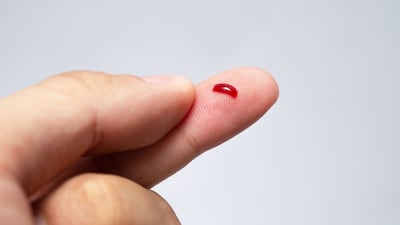Each year at this time, we look back at the previous year to identify the highs, the lows, and the trends that will shape the future of the medical device industry. In 2012, the theme was headwinds. It was the buzzword CEOs often used at investor presentations to describe the difficult environment the industry is facing – the pending medical device tax, the fiscal cliff negotiations that threatened to cut Medicare physician payments by 26.5% (forestalled, at the moment), pricing pressures, and austerity measures in Europe that have reduced surgical and interventional procedure volumes. In addition, the US Food and Drug Administration (FDA) remains unpredictable, and the decline in device venture investing continues, making financing hard to find for many medical device start-ups. Even markets that have traditionally been the drivers of device growth, most notably interventional cardiology, have seen declines, while growth in other large markets, including cardiac rhythm management and much of orthopedics – particularly hip and knee implants and spine – remains slow. Overlaying all of this is the broad banner of health care reform with its accompanying focus on cost reduction and comparative effectiveness, meaning companies now need to demonstrate the economic as well as the clinical efficacy of new products. Let’s just say that the wind is not at the backs of medical device companies these days.
Still, as any sailor knows, headwinds are an unavoidable reality, the kind of shift in conditions that requires sharp piloting skills and a tight rein on the sails as there...
Read the full article – start your free trial today!
Join thousands of industry professionals who rely on Medtech Insight for daily insights
- Start your 7-day free trial
- Explore trusted news, analysis, and insights
- Access comprehensive global coverage
- Enjoy instant access – no credit card required
Already a subscriber?






